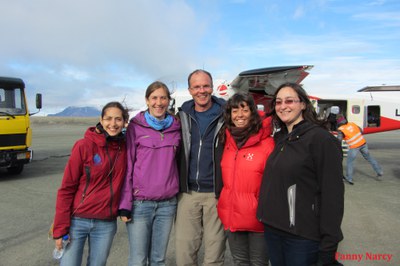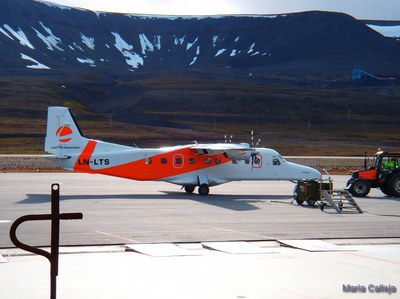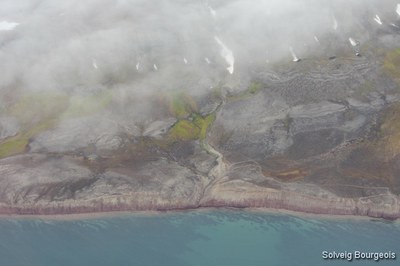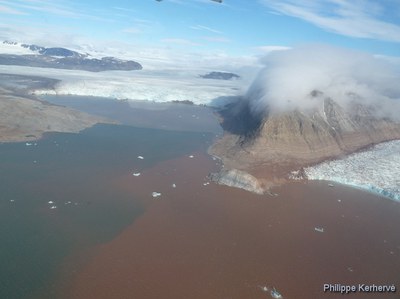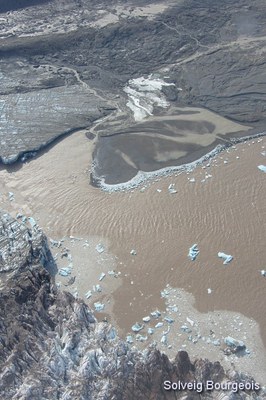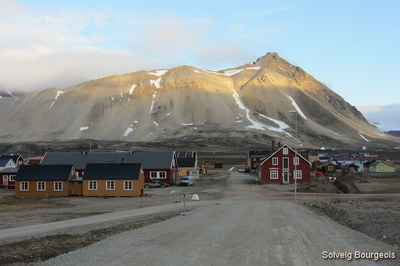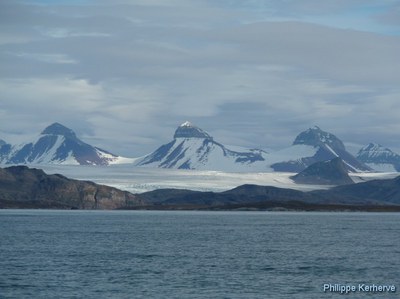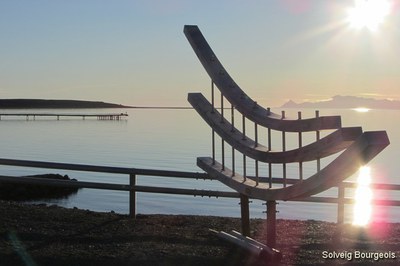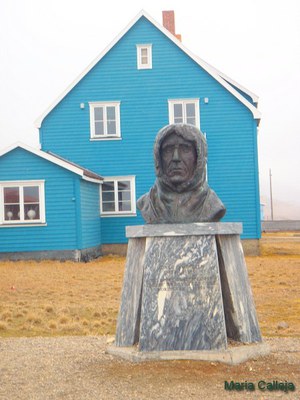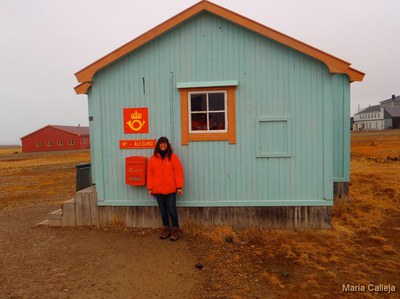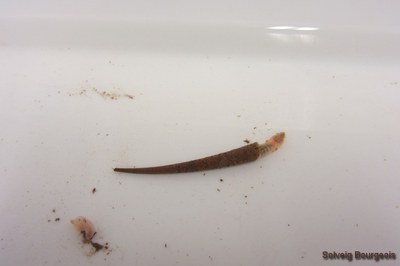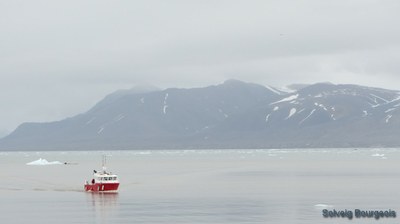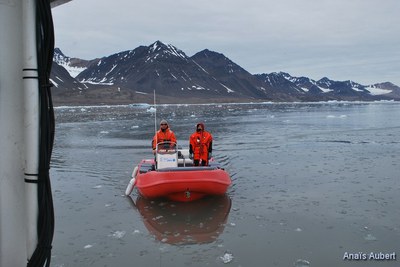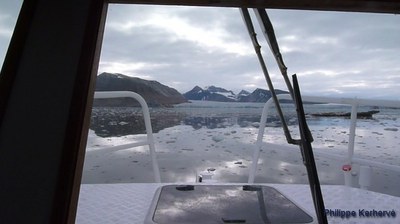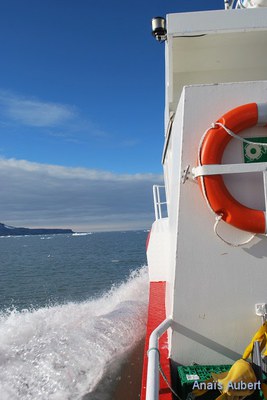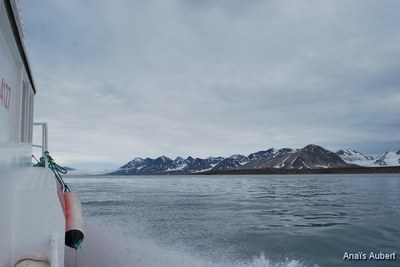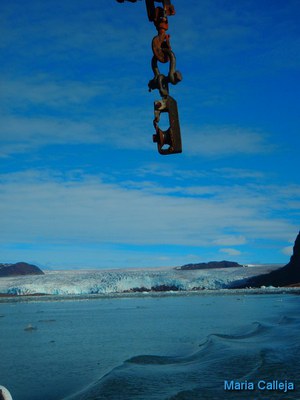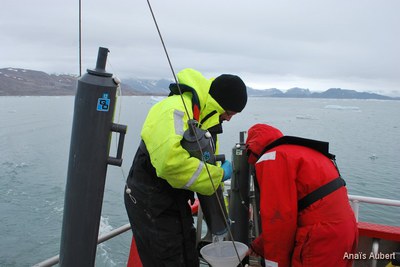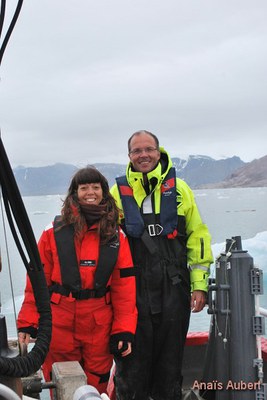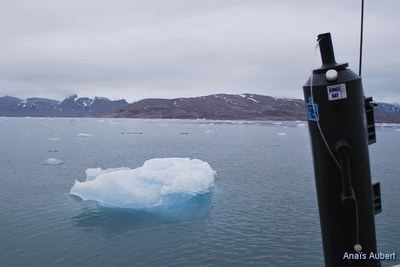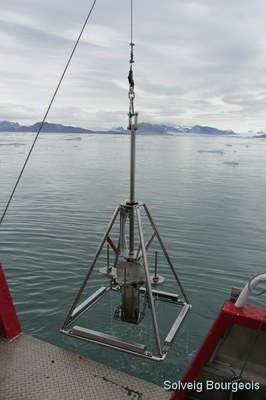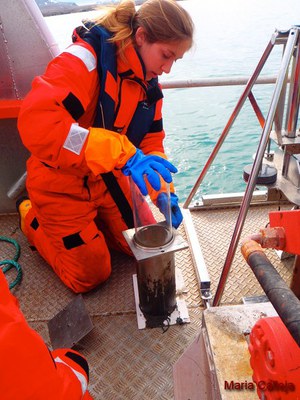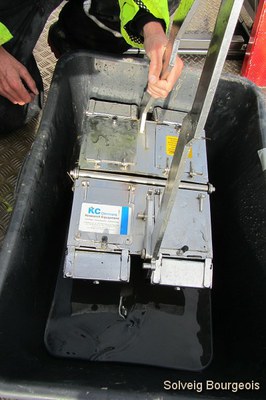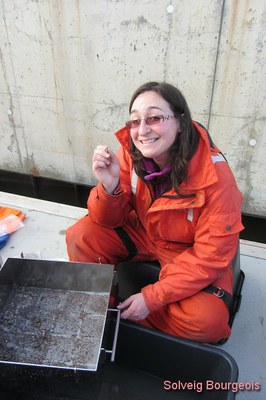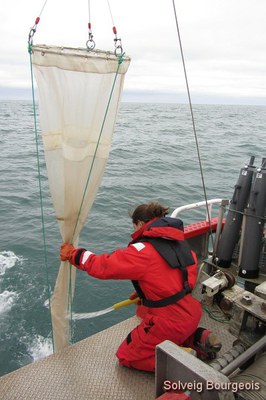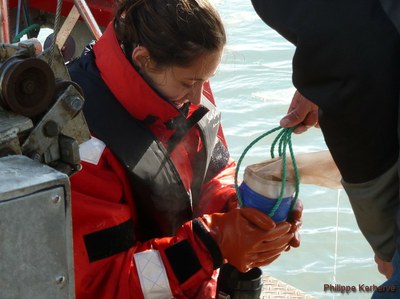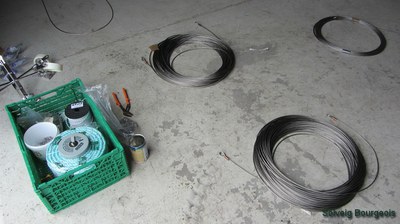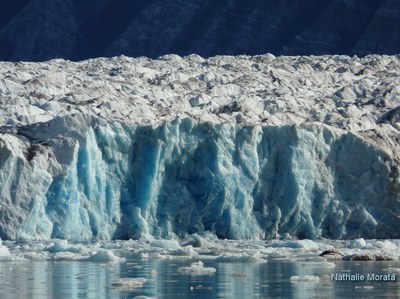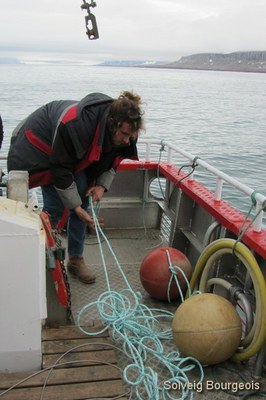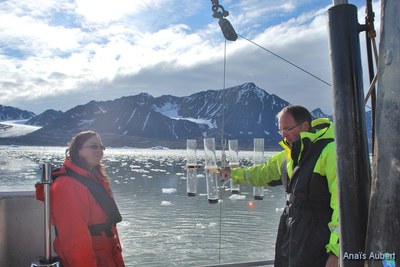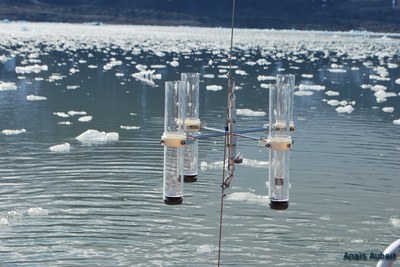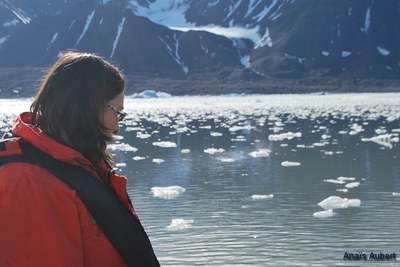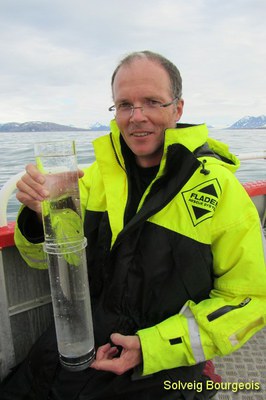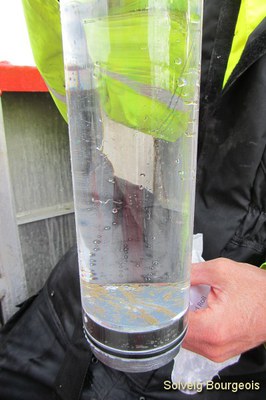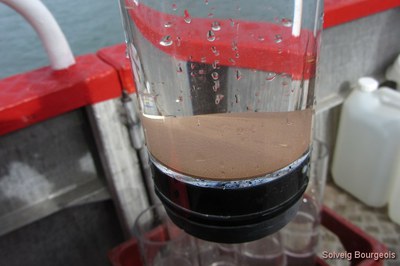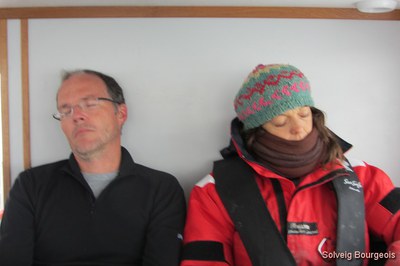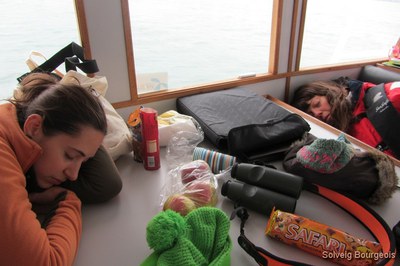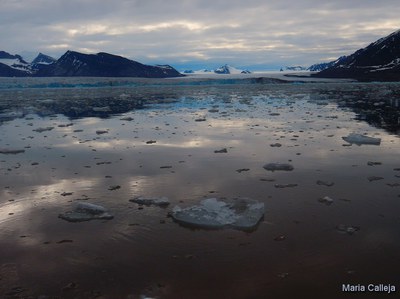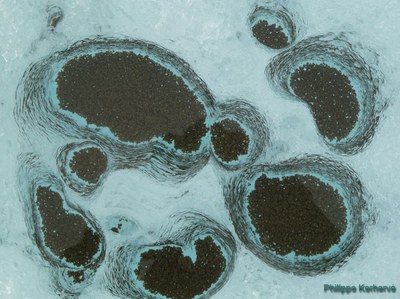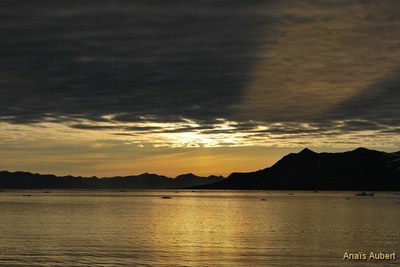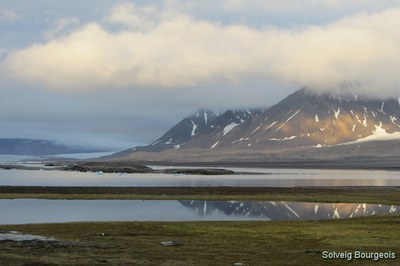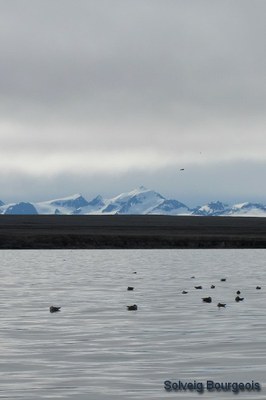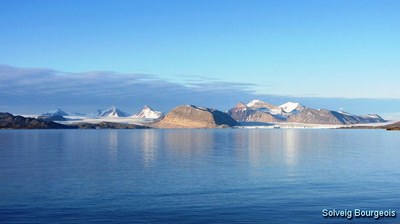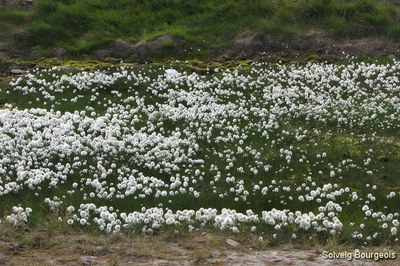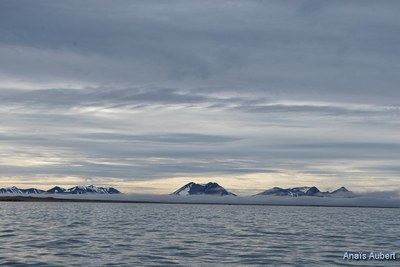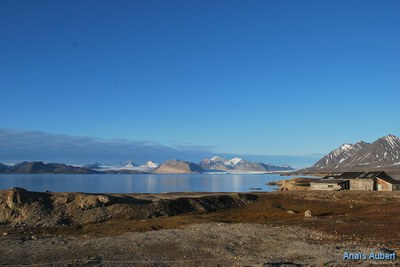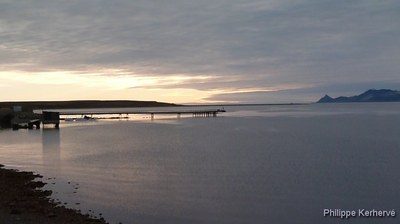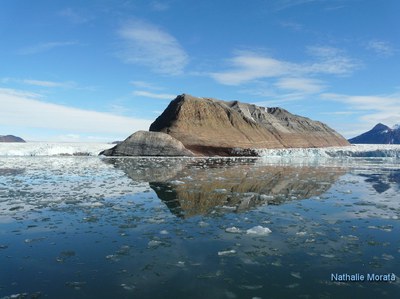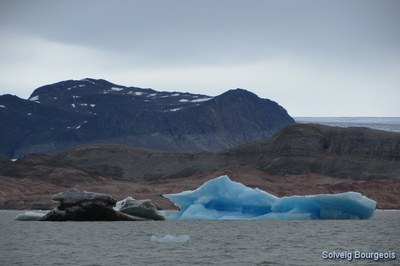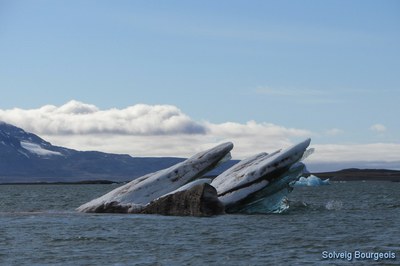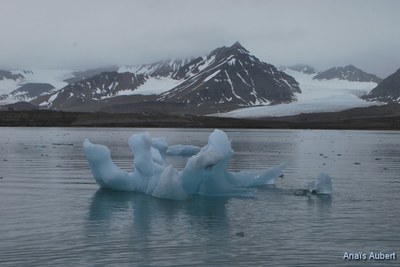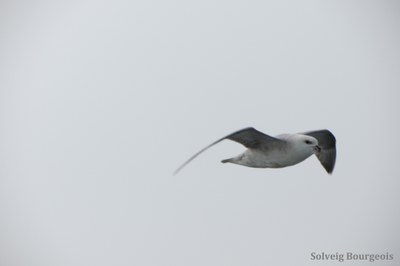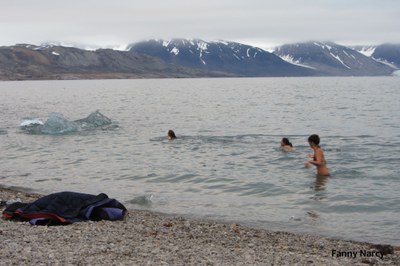August 2012 Field work 2 at Ny Alesund
| Welcome back to Ny-Alesund! From left to right: Anaïs Aubert, Solveig Bourgeois, Philippe Kerhervé, Maria de Lluch Calleja, Nathalie Morata |
|
| View from the plane of the coast and of the glacier. |
|
|
Ny-Ålesund ("New Ålesund") is one of the four permanent settlements on the island of Spitsbergen in the Svalbard archipelago. It is located on Brøggerhalvøya and Kongsfjorden. Like the rest of Svalbard, Ny-Ålesund is administered by the Kingdom of Norway. Ny-Ålesund is one of the world's northernmost settlements at 78°55′N 11°56′E, and is the world's northernmost functional public settlement. It is 107 km away from Longyearbyen. Today, it is inhabited by a permanent population of approximately 30-35 persons. All of them work for one of the research stations |
|
|---|---|
| Big cruise ship often "stop by". | 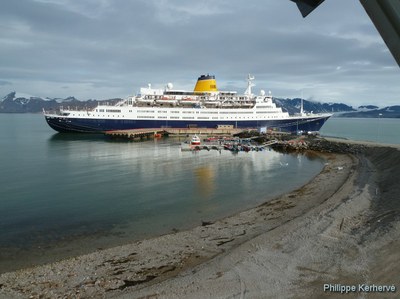 |
| The marine lab | 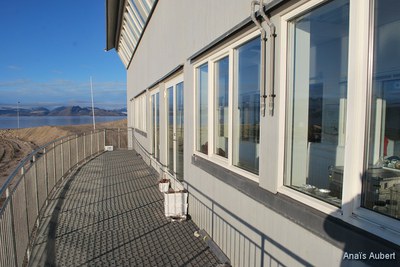 |
| Filtrations in the marine lab. | 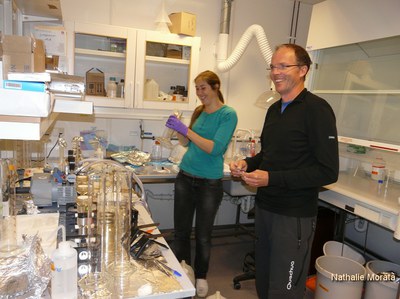 |
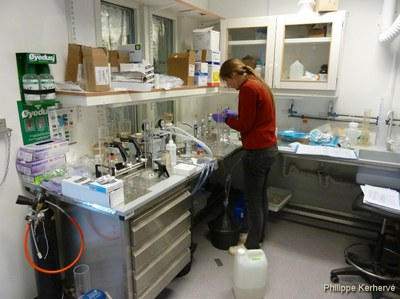 |
|
| Microscopic work. | 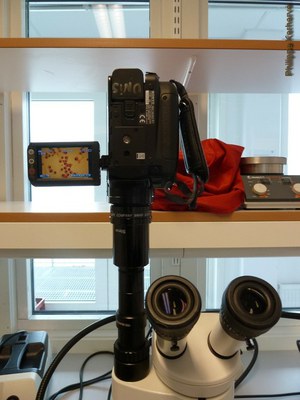 |
| Tons of bivalve's larvae in the water column! | 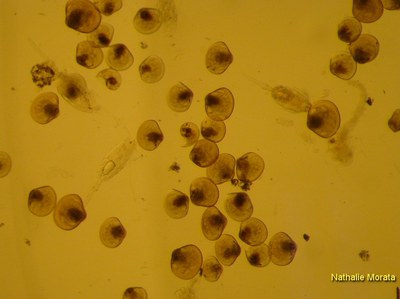 |
| Anaïs took a lot of pictures of this copepod, "calanus glacialis", in order to measure their lipids sacs (the transparent part with an oval shape inside the body). Indeed, this copepod gather as much lipid as possible in summer, which will allow him to survive the winter. | 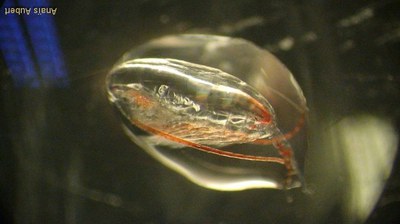 |
| Smile! After the pelagic organisms, it is now the turn of the benthic organisms to come under the camera. |
|
| Lots of worms! | 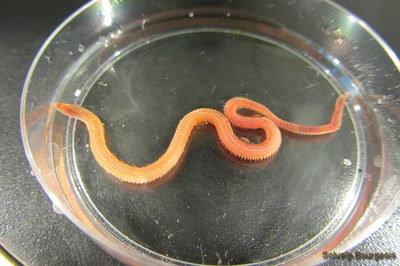 |
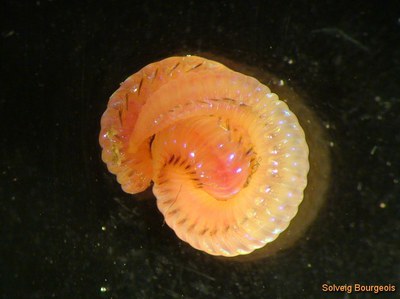 |
|
| The worms are responsible for all the little channels we can see on the sediment.They are therefore important actors of the biorbation of the sediment. We can quantify this bioturbation activity by adding colored beads (here they are pink) on the surface, and following their downward transport. | 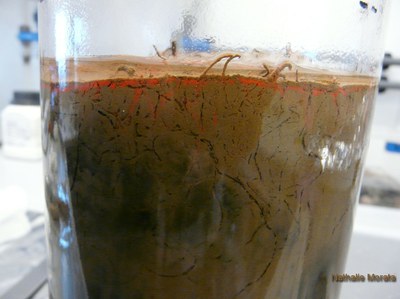 |
| This core is very different than the other. No worm, no bioturbation. This mud comes from glacier area. The benthos community there is very different, and much less abundant. | 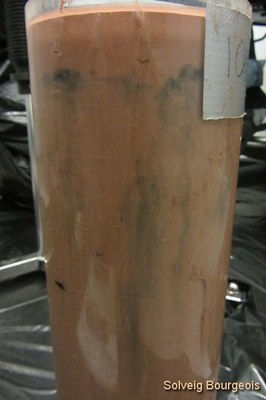 |
| Our research boat: the Teisten. |
|
| When we arrive at a station, we always start by a "CTD", which allow us to know the temperature, salinity and fluorescence in the water. | 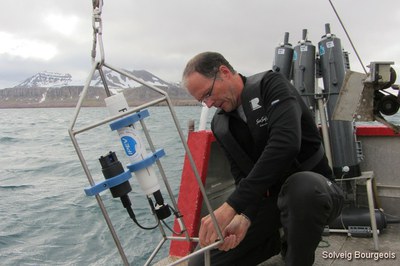 |
| And we take water at different depth with niskin bottles. |
|
| It is now time for mud cores! We collect individual cores thank to our corer "Boris". |
|
| After the mud, more mud, with the use of the grab. The sediment was sieved to collect the macrofauna. |
|
|
In order to sample the zooplankton we deployed a WP2 net. |
|
|
DIY workshop to assemble the mooring line for sediment traps before lauching it near the glacier.
Pierre (logistics engineer at Awipev) helps us to launch the mooring.
|
|
| Vidar, the captain. | 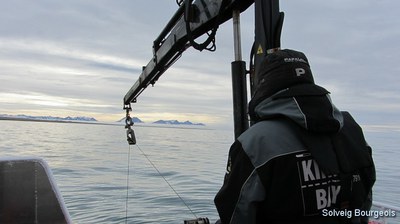 |
| Surface buoys. | 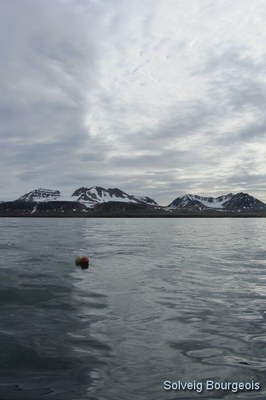 |
| After 24 hours of deployment, we recovered the sediment traps which are more or less filled with material depending of the stations positions. Near the glacier, the material is mostly inorganic whereas in the outmost part of the fjord, the material appears organic (e.g. faecal pellets). |
|
| In August the average temperature is 5.4 °C. We need to dress warmly to go to sea. | 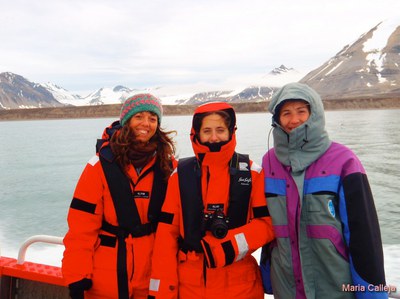 |
| |
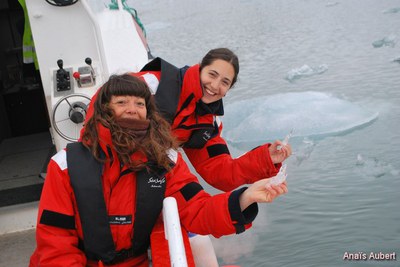 |
| The mission nearing its end, the tiredness is felt. |
|
|
An overview of the landscapes, splendid !
Iceberg of all shapes and colors. |
|
|
During these two weeks of mission we had the opportunity to observe : Beluga white whale |
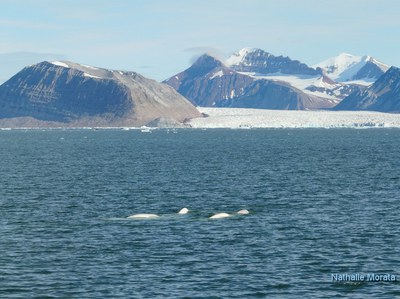 |
| Seal | 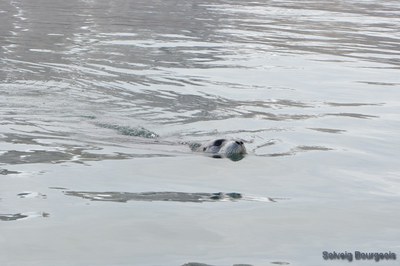 |
| Arctic tern | 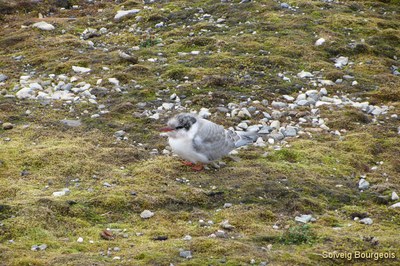 |
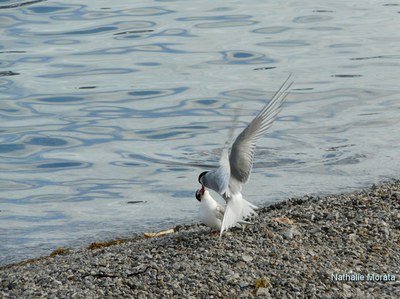 |
|
| Northern fulmar |
|
| Atlantic puffin | 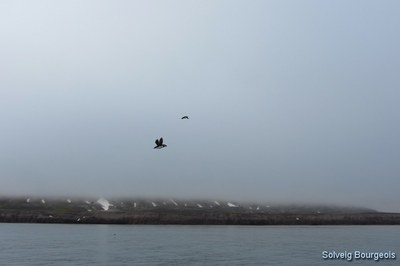 |
| Barnacle goose | 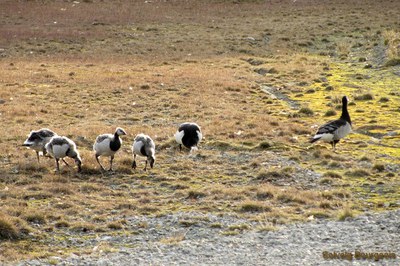 |
| Time of relaxation on the Ny-Alesund beach. | 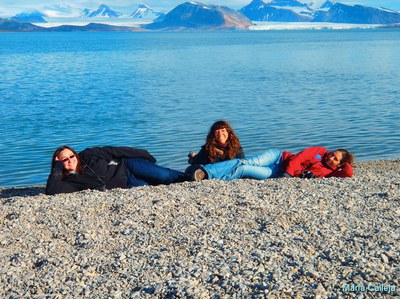 |
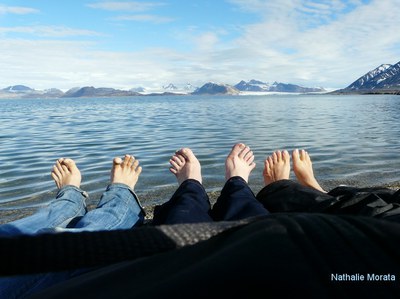 |
|
| Last night at Ny-Alesund, Anaïs, Maria and Solveig swim in seawater at 5°C. Not even cold ! |
|

